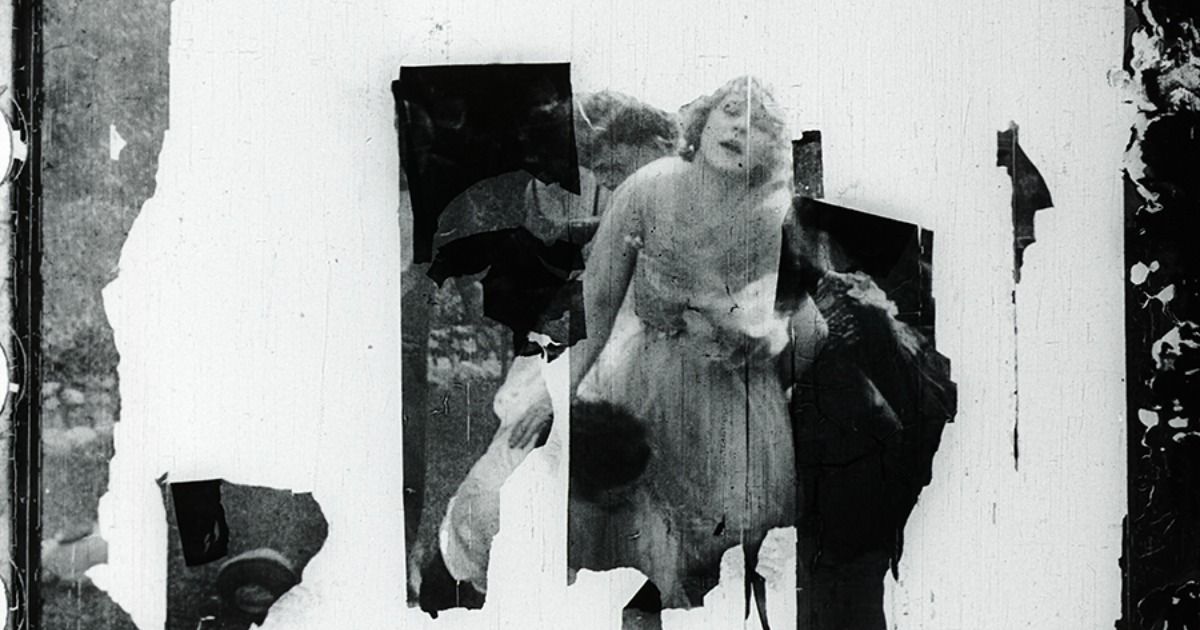
As far as feature documentaries about the history of film, be it about specific genres, films or film talent, are more often than not “tough sledding.” Droll, self serious and completely superficial, a vast majority of documentaries about the history of film feel lifeless and simply a series of facts told to the audience by whoever the filmmaker could get in the booth that day.
This, however, could not be further from the truth when discussing Dawson City: Frozen Time. Despite having a relatively dry title, Bill Morrison’s latest and possibly greatest work sends us back to the earliest days of the medium, or at least after initially setting the stage for what would come. In 1978, a man in the small Canadian village of Dawson City uncovered a treasure trove of roughly 500 nitrate film reels, with their origins in back half of the 1910’s. This discovery thrusts the viewers back into the earliest days not only of cinema but of Dawson City itself, a massively important city in Canadian history, as its role in the Klondike Gold Rush could never go understated. Sid Grauman has connections to the city, as does the family of a certain lunatic who is currently the 45th President of these United States (the earliest Trump property was founded during the aforementioned Gold Rush here). However, when the city began getting motion pictures sent to their theaters, they would be prints with years worth of wear and tear, and far too expensive to do anything with other than exhibit and then send to storage.
Or catch fire. “Cinema was born of an explosive” is one of the earliest subtitles you’ll see pop up on the screen, sending the film down one of its earliest dives into history, this of film itself, specifically nitrate film. With all of these prints sitting in storage, numerous fires occurred, which itself makes the subsequent discovery of the prints in 1978 all the more thrilling. Included among those ranks were at least 372 features, and even newsreel footage, including incredibly rare footage of the infamous “Black Sox” World Series from 1919. The viewer becomes privy to numerous moments from these discovered films, which admittedly look rough, but carry with them tactile history and an energy all their own. These are some of the documentary’s most exciting moments, and while they’re also some of the more sad (it’s hard not to get upset watching these rare classics look so degraded) each frame screams with a vitality that can’t truly be described.
Dawson City isn’t just a collection of film clips however. As previously mentioned, the film looks at the history of the players within this story, and does so in a thrillingly experimental manner. With a score from Sigur Ros collaborator Alex Somers, Dawson City is a poignant and powerful historical document that is admittedly a dense piece of work but one of captivating liveliness. Collecting archival footage, interviews and film clips, Morrison’s latest work pairs beautifully with his masterpiece Decasia, proving him to be a superb screen historian. More in the tradition of film collage work than anything relating to mainstream documentary cinema, Dawson City inverts expectations, turning the type of Ken Burns-ian history lesson into a lavishly edited, charismatically written film experiment.
Instead of having droll voiceover, the film uses titles to tell these stories, and again while that may leave many mainstream viewers a bit lost, this is a gorgeously crafted and impossibly engaging look into turn-of-the-19th Century capitalism, nitrate film and one of the most important discoveries in all of film history.



